One Of The Biggest Anime Series Of All Time Is On Hulu

As an anime fan who was in high school in the late 2000s, I was an ardent Adult Swim viewer, which is how I discovered and immediately fell in love with Death Note. At a time dominated by battle-focused shonen, it felt revolutionary and new. The battle of wits plot, overdramatic execution, and supernatural premise all instantly clicked with me and it remains my favorite anime to this day.
The Story
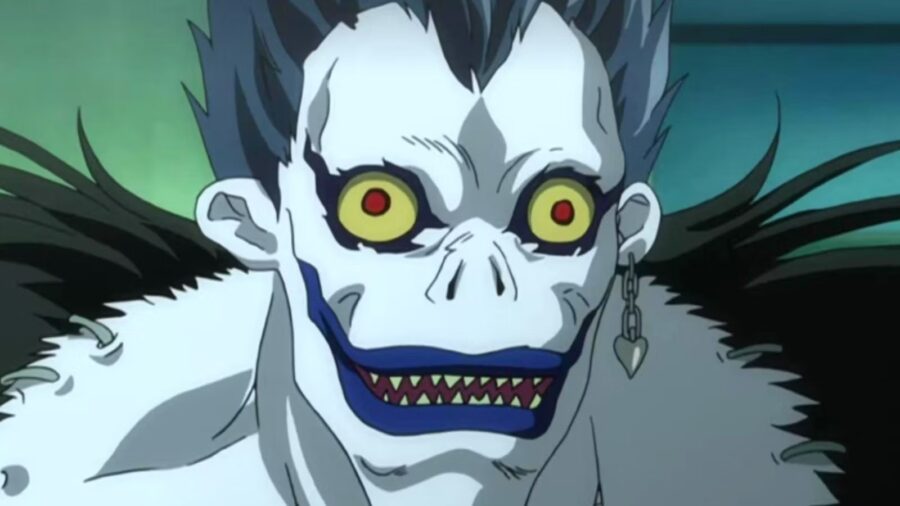
Originally airing in 2006, Death Note is based on a manga of the same name by Tsugumi Ohba and Takeshi Obata which came out in 2003. The anime and manga were both massively successful, becoming a global phenomenon.
That success has spawned numerous live-action adaptations, including both Japanese and US movies and a TV series in Japan.
The plot of Death Note centers around the titular notebook, created by death spirits called shinigami, which kills anyone whose name is written in the book. A teenager named Light finds one of these books, dropped by a bored shinigami named Ryuk, and uses it to execute criminals.
A detective named L begins investigating the mysterious deaths, creating the central cat-and-mouse conflict of the show.
Battles On A Mental Plane
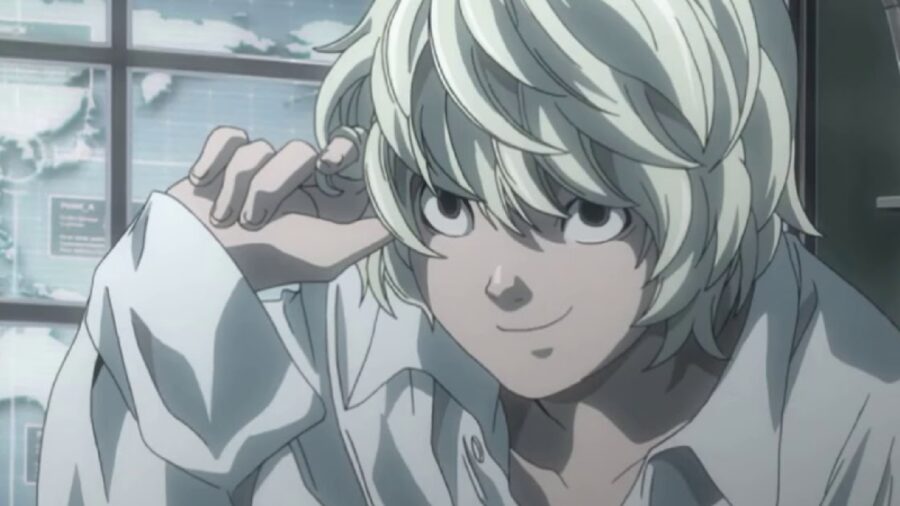
Because Light can kill simply by writing a name on paper, there’s very little traditional action in Death Note, which sets it apart from popular shonen like Naruto and Bleach.
Instead, the characters battle in an entirely mental space, constantly trying to trick and outmaneuver one another. Other anime like Code Geass and The Promised Neverland have taken a similar approach, but at the time it made Death Note feel truly unique at the time.
Super Dramatic
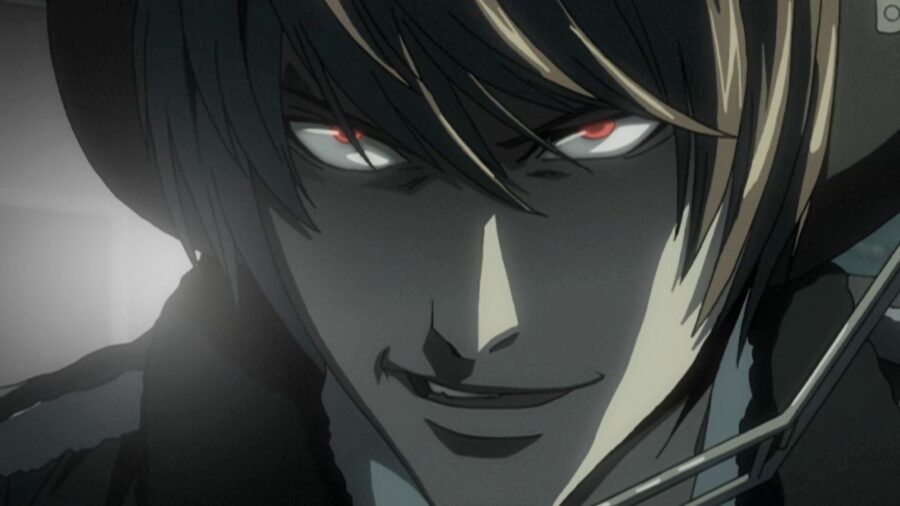
Tonally, Death Note’s dark subject matter is intercut with a delightfully over-the-top dramatic style. It’s full of inner monologues from characters as they hatch increasingly convoluted plots against each other.
The notorious scene in which Light dramatically eats a potato chip to avoid detection is the ultimate example of the show’s overdramatic tone, pushing its cerebral conflict into the same dramatic space as more conventional shonen like Dragon Ball.
An Exaggerated Tone
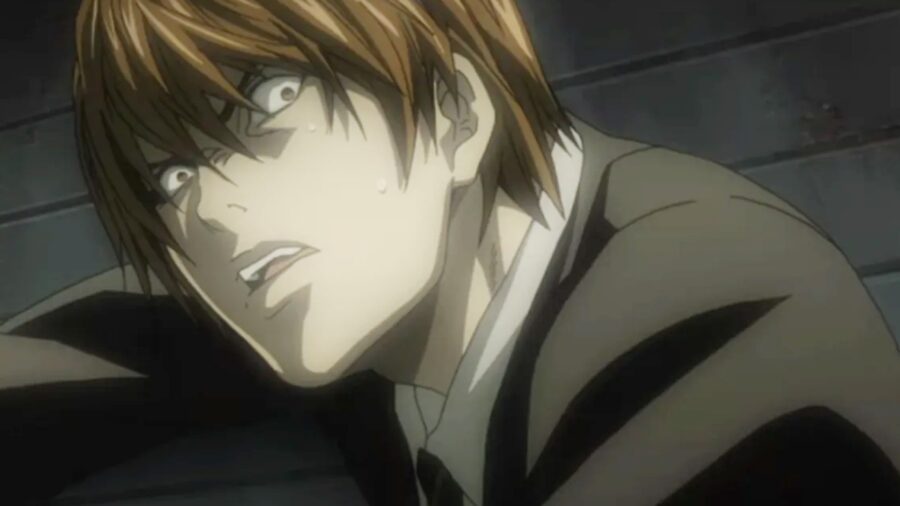
Fitting with that exaggerated tone, most of the central characters in Death Note are eccentric and memorable. Light has a singleminded, megalomaniacal, personality beneath his honor-student facade while L wears his Sherlock Holms-esque excentricities on his sleeve.
L’s protegees Mellow and Near are similarly eccentric, adopting different parts of his personality, while Light’s sycophantic accomplice Misa brings a chipper energy to the dark show.
Stream It Now
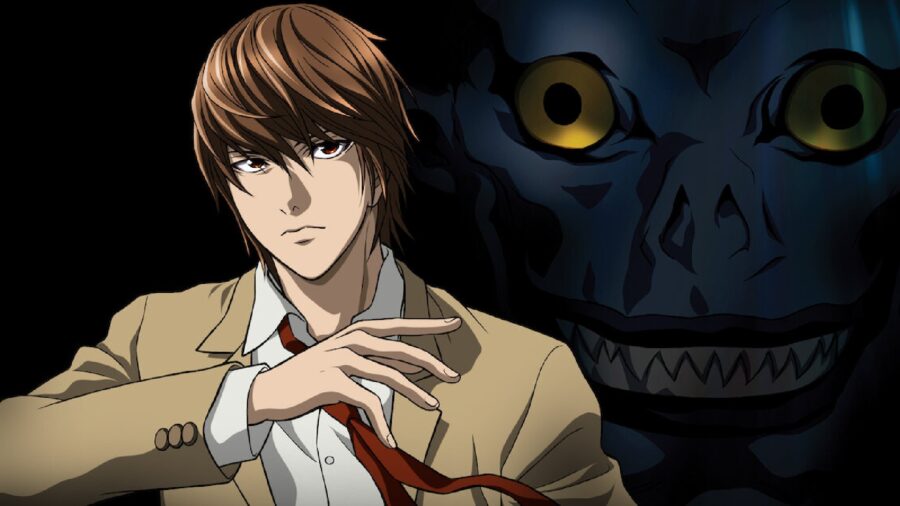

GFR SCORE
While I have my fair share of complaints about Death Note, I still walk away from each rewatch loving it overall. Its female characters all feel poorly developed, and the show’s second half is marred by bad pacing and more conventional action scenes.
Despite those flaws, I think the show remains exceptional with its unique premise and masterful execution.
Death Note isn’t a perfect anime, but it’s a show I’ve loved even as its flaws have become more evident after several rewatches, which is as close to perfect as a show can get.
Other shows have incorporated the show’s style of mental battles, but its commitment to overwrought drama and style is still the peak of the genre. Death Note is a unique, fascinating anime and if you missed out on the global phenomenon, you should give it a shot on Hulu.












